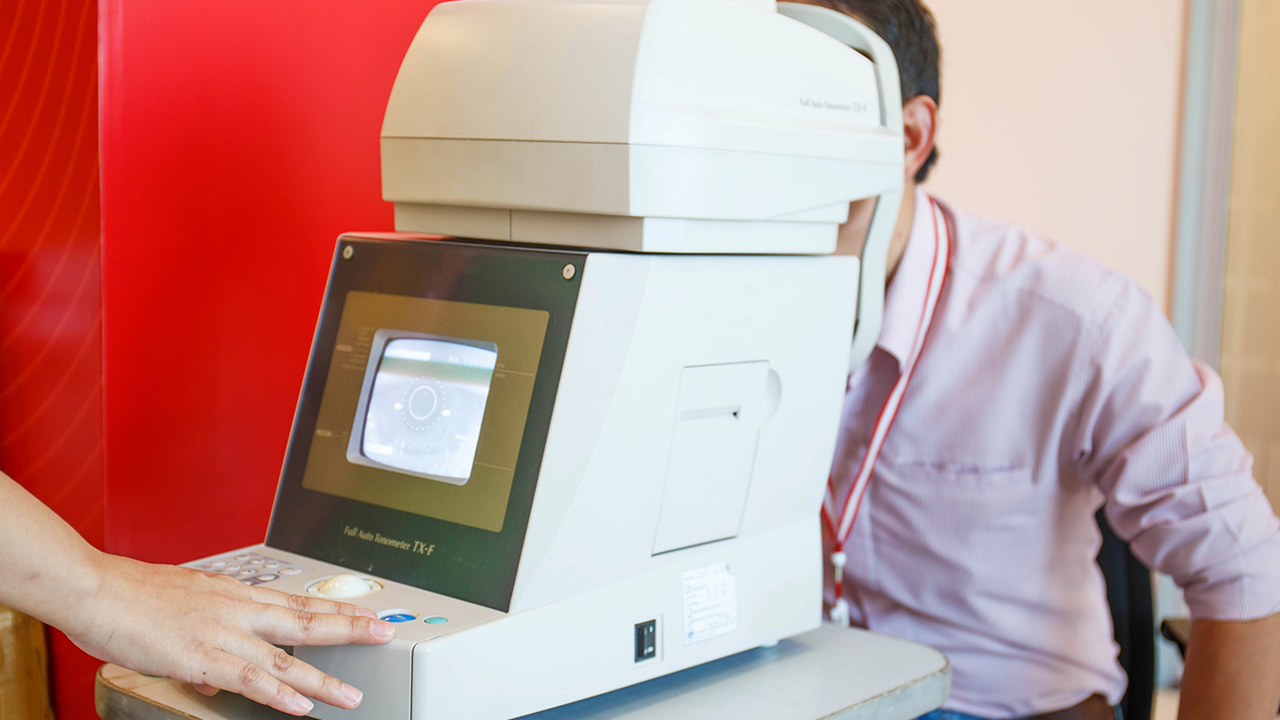How to Cure Divergent Vitiligo

Understanding Divergent Vitiligo
Divergent vitiligo, also known as non-segmental vitiligo, is a chronic skin condition characterized by the development of white patches on the skin. It is caused by the loss of pigment-producing cells (melanocytes) in the affected areas. Unlike segmental vitiligo, which affects only one side of the body, divergent vitiligo can appear anywhere on the skin.
Causes of Divergent Vitiligo
The exact cause of divergent vitiligo is unknown, but several factors are believed to contribute to its development, including:
Autoimmune disorders: Divergent vitiligo is thought to be an autoimmune disorder, in which the immune system mistakenly attacks and destroys melanocytes.
Genetic factors: Some individuals may inherit a genetic predisposition to developing divergent vitiligo.
Environmental triggers: Exposure to certain environmental factors, such as sunlight, stress, and chemicals, may trigger or worsen divergent vitiligo.
Symptoms of Divergent Vitiligo
The main symptom of divergent vitiligo is the appearance of white or pale patches on the skin. These patches can vary in size and shape, and they may appear anywhere on the body. The most commonly affected areas include the face, neck, hands, and feet.
In addition to the white patches, people with divergent vitiligo may also experience:
Scaly or itchy skin: The skin around the white patches may become dry, scaly, or itchy.
Loss of hair: Melanocytes are also responsible for producing hair pigment, so people with divergent vitiligo may experience hair loss in the affected areas.
Premature graying: Divergent vitiligo can also cause hair to turn gray prematurely.
How to Cure Divergent Vitiligo
There is currently no cure for divergent vitiligo, but there are treatments that can help to improve the appearance of the skin and reduce the symptoms. These treatments include:
Topical medications: Topical medications, such as corticosteroids and calcineurin inhibitors, can help to reduce inflammation and suppress the immune system in the affected areas.
Phototherapy: Phototherapy involves exposing the affected skin to ultraviolet light, which can help to stimulate melanocyte production.
Surgery: In some cases, surgery may be an option to remove the white patches and restore pigmentation to the affected areas.
Camouflage therapy: Camouflage therapy involves using makeup or other products to conceal the white patches.
Natural Remedies for Divergent Vitiligo
In addition to traditional treatments, there are several natural remedies that may help to improve the appearance of the skin and reduce the symptoms of divergent vitiligo. These remedies include:
Ginger: Ginger contains anti-inflammatory and antioxidant properties that may help to reduce inflammation and protect the skin from further damage.
Turmeric: Turmeric is another anti-inflammatory agent that may help to improve the appearance of the skin.
Green tea: Green tea is rich in antioxidants that may help to protect the skin from damage caused by free radicals.
Aloe vera: Aloe vera contains anti-inflammatory and moisturizing properties that may help to soothe and protect the skin.
Coconut oil: Coconut oil is a natural moisturizer that may help to improve the appearance of the skin and prevent dryness.
How to Prevent Divergent Vitiligo
There is no sure way to prevent divergent vitiligo, but there are some things you can do to reduce your risk, including:
Avoid sun exposure: Excessive exposure to sunlight can damage the skin and trigger or worsen divergent vitiligo. Be sure to protect your skin from the sun by wearing sunscreen, protective clothing, and sunglasses.
Manage stress: Stress can trigger or worsen divergent vitiligo. Find healthy ways to manage stress, such as exercise, yoga, or meditation.
Maintain a healthy weight: Obesity is a risk factor for developing divergent vitiligo. Maintaining a healthy weight can help to reduce your risk.
Quit smoking: Smoking is a risk factor for developing divergent vitiligo. If you smoke, quit as soon as possible.
Conclusion
Divergent vitiligo is a chronic skin condition that can affect anyone. While there is currently no cure for divergent vitiligo, there are treatments that can help to improve the appearance of the skin and reduce the symptoms. By following the tips in this article, you can help to manage your divergent vitiligo and improve your quality of life.
The above is all the content that the editor wants to share with you. I sincerely hope that these contents can bring some help to your life and health, and I also wish that your life will be happier and happier.
Topic: #to #how #cure














